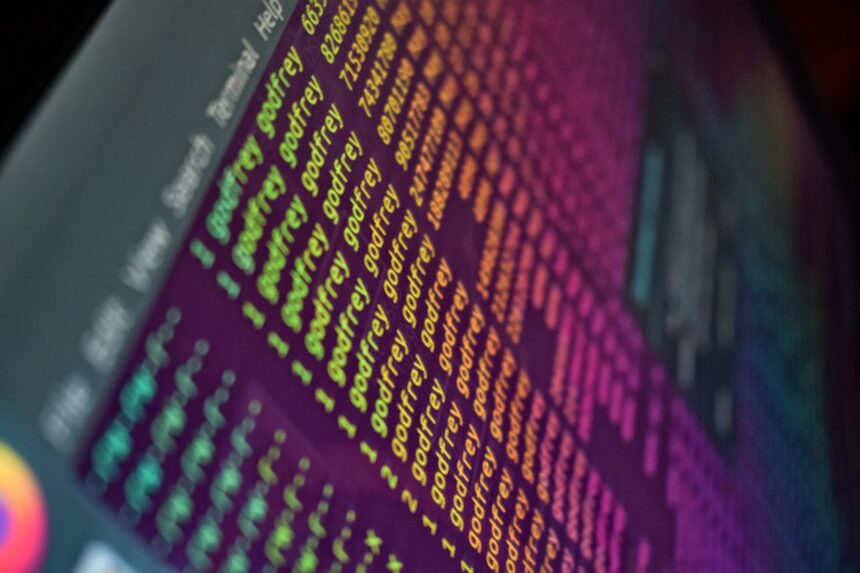How to Install Laravel 12
Laravel is a popular PHP framework used for building web applications with elegant syntax and robust features. In this guide, we will walk you through the steps to install Laravel 12, ensuring you have everything set up to start your development journey.
- Prerequisites
- Step 1: Setting Up Your Environment
- Step 2: Installing Composer
- Step 3: Creating a New Laravel Project
- Step 4: Configuring Environment Variables
- Step 5: Generating Application Key
- Step 6: Running Migrations
- Step 7: Serving Your Application
- Checklist for Laravel Installation
- FAQs
- 1. What are the system requirements for Laravel 12?
- 2. How can I update my Laravel project?
- 3. Can I use Laravel with shared hosting?
- 4. How do I install additional packages in Laravel?
- 5. What is the purpose of the .env file?
- 6. Is Laravel suitable for large applications?
- 7. How can I learn more about Laravel?
- Conclusion
Prerequisites
- PHP >= 8.1
- Composer
- A web server (Apache, Nginx, etc.)
- Node.js and npm (for frontend assets)
Step 1: Setting Up Your Environment
Before installing Laravel, ensure that your server meets the necessary requirements. You can check your PHP version by running:
php -v
Step 2: Installing Composer
Composer is a dependency manager for PHP. To install Composer, follow these steps:
- Visit the Composer website.
- Download the installer and follow the instructions for your operating system.
- After installation, verify Composer is installed by running:
composer -V
Step 3: Creating a New Laravel Project
With Composer installed, you can create a new Laravel project by running:
composer create-project --prefer-dist laravel/laravel project-name
Replace project-name with your desired project name.
Step 4: Configuring Environment Variables
Navigate to your project directory:
cd project-name
Copy the example environment file:
cp .env.example .env
Open the .env file and configure your database and application settings.
Step 5: Generating Application Key
Laravel requires an application key, which is a random string used for encrypted data. You can generate this key using:
php artisan key:generate
Step 6: Running Migrations
If you have defined database migrations, you can run them using:
php artisan migrate
This command will create the necessary tables in your database.
Step 7: Serving Your Application
To serve your application locally, use the Artisan command:
php artisan serve
Your application will be available at http://localhost:8000.
Checklist for Laravel Installation
- PHP version checked
- Composer installed
- New Laravel project created
- Environment variables configured
- Application key generated
- Migrations run
- Application served
FAQs
1. What are the system requirements for Laravel 12?
Laravel 12 requires PHP 8.1 or higher, Composer, and a web server.
2. How can I update my Laravel project?
Use Composer to update your project by running composer update.
3. Can I use Laravel with shared hosting?
Yes, as long as your shared hosting provider meets the system requirements.
4. How do I install additional packages in Laravel?
You can install packages using Composer with the command composer require package/name.
5. What is the purpose of the .env file?
The .env file is used to store environment variables and configuration settings for your Laravel application.
6. Is Laravel suitable for large applications?
Yes, Laravel is designed for building robust applications and is suitable for projects of all sizes.
7. How can I learn more about Laravel?
The official Laravel documentation is a great resource for learning more about features and best practices.
Conclusion
Installing Laravel 12 is a straightforward process that sets the foundation for building powerful web applications. Follow the steps outlined in this guide, and you’ll be ready to start developing with Laravel in no time.






